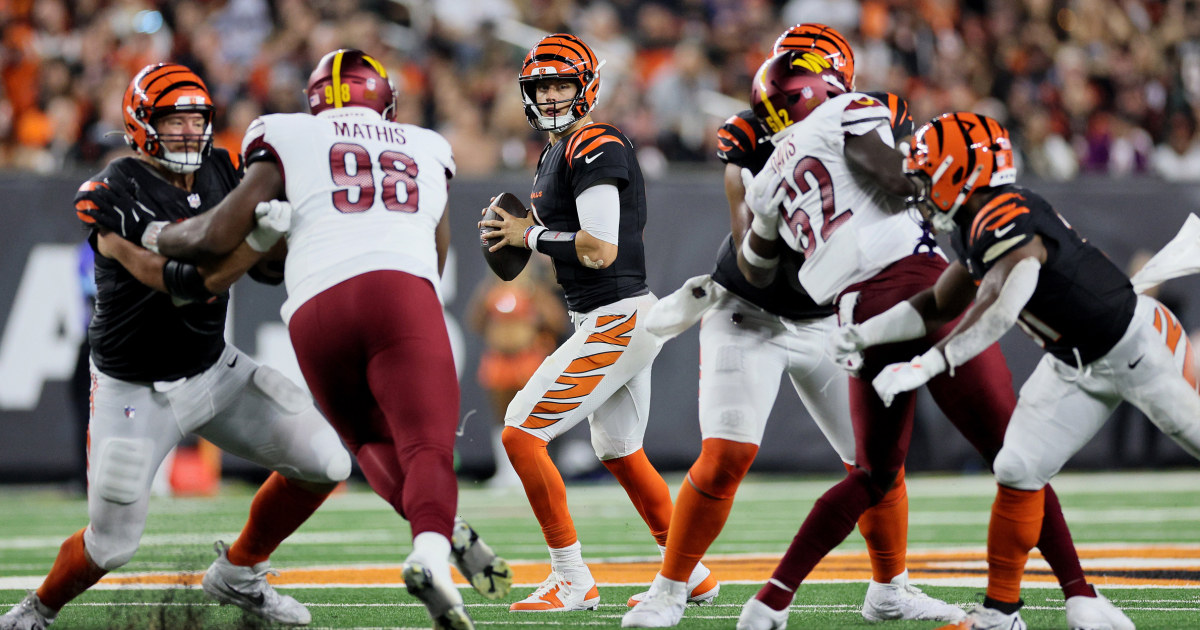At $111 billion over 11 years, the NFL’s media rights deal is the biggest in the U.S. That deal has an out clause after the 2028-29 season with all of its media partners except Disney (which can opt out one year later).
Sources tell me the opt-out also affects “Sunday Ticket,” the league’s out-of-market package for which Alphabet’s YouTube paid about $2 billion. That means that after the 2029 Super Bowl, the NFL has the right to completely rejigger the media landscape, if it so chooses.
Five years is a lifetime in the media industry given the rapid pace of change. To put that timeframe in perspective, if you rewind five years from today, Disney+, NBCUniversal’s Peacock, Paramount+ and Max (formerly known as HBO Max) all hadn’t launched. Now they have more than 300 million subscribers combined.
Get the CNBC Sport newsletter
But it’s not too early to start thinking about what 2029 symbolizes. I don’t think it’s hyperbole to say 2029 could be the end of the modern media era. It’s at least plausible that by that time, streaming has become so dominant that the NFL feels comfortable moving some Sunday afternoon packages away from broadcast TV, especially given the superior balance sheets and potential global reach of companies such as Netflix, Google, Apple and Amazon.
Let me be clear: The evidence today suggests the NFL won’t do this. TV ratings for football on CBS, Fox and NBC look great. CBS’s Week 2 Bengals-Chiefs matchup was the most-watched September NFL game since 1998 with nearly 28 million viewers. NFL games last year were 93 of the top 100 most-watched TV broadcasts.
But I also know that some legacy media executives are already thinking about 2029 and brainstorming internally about how they can afford to compete against the tech giants for NFL games. The ideas range from the incremental (a third Sunday afternoon package) to the radical: What if the NFL replaced Sunday Ticket with a college model where every game had a national audience?


